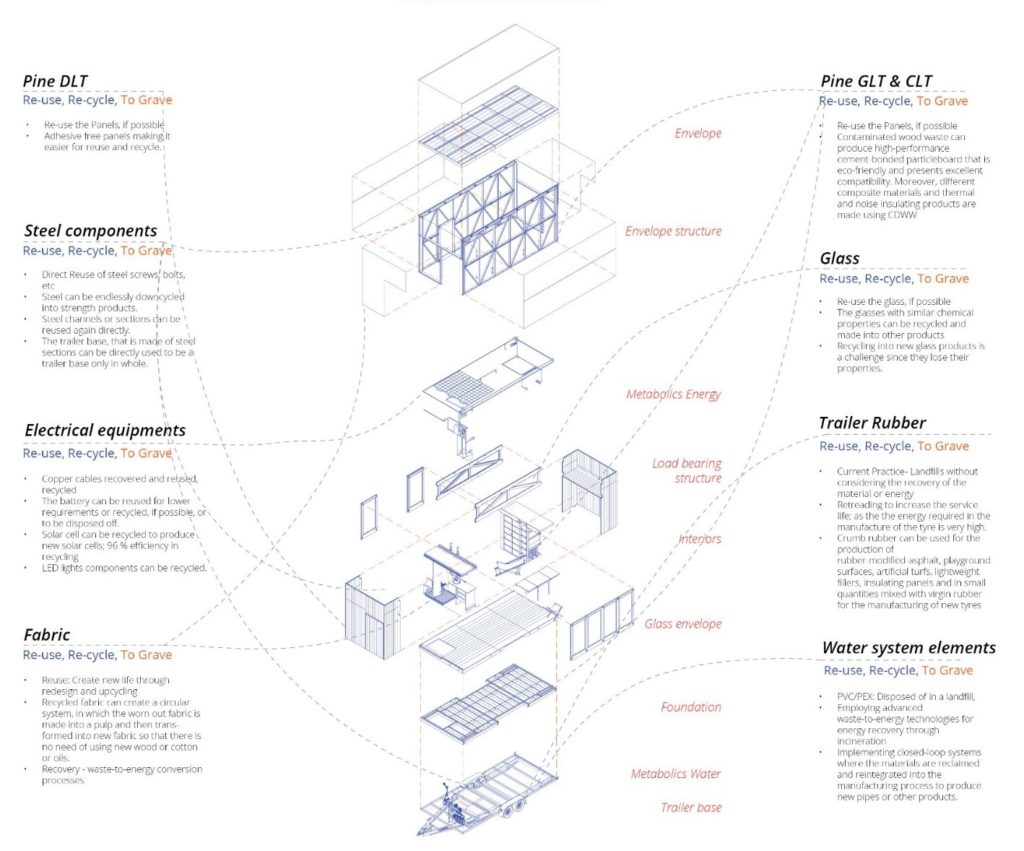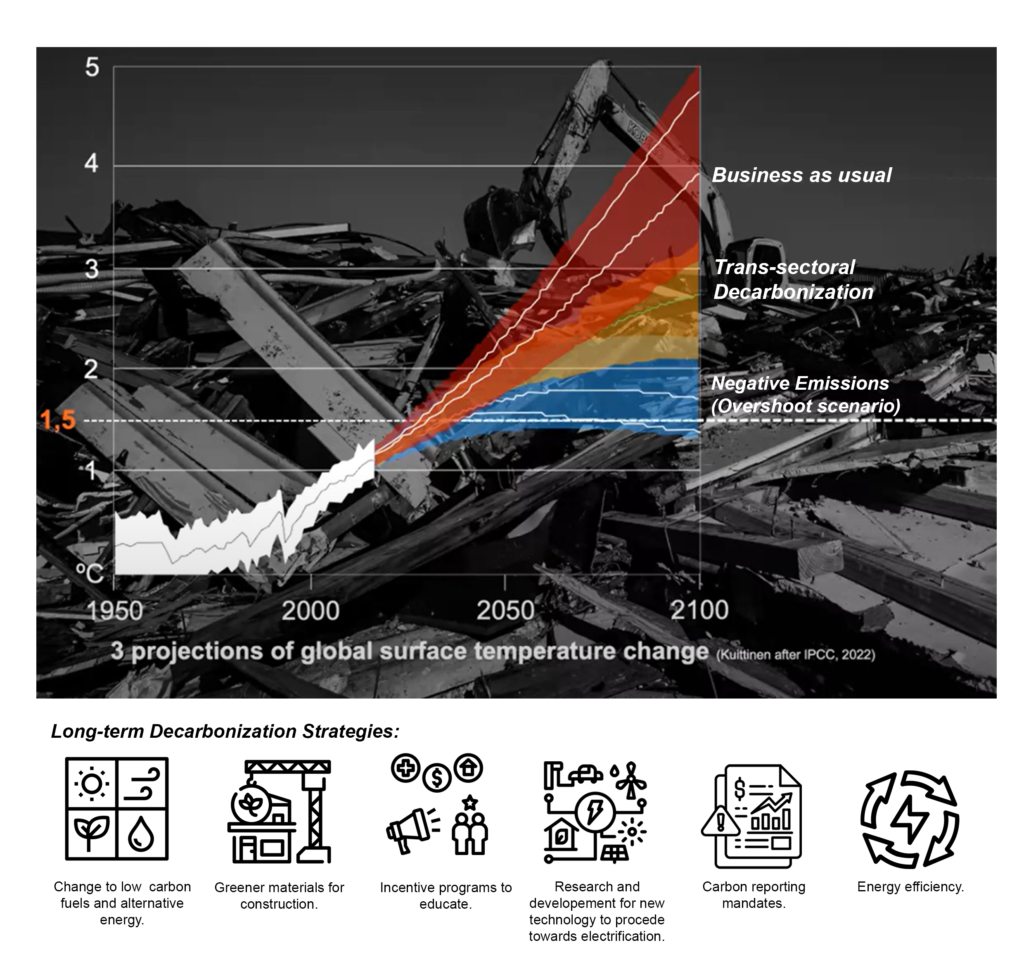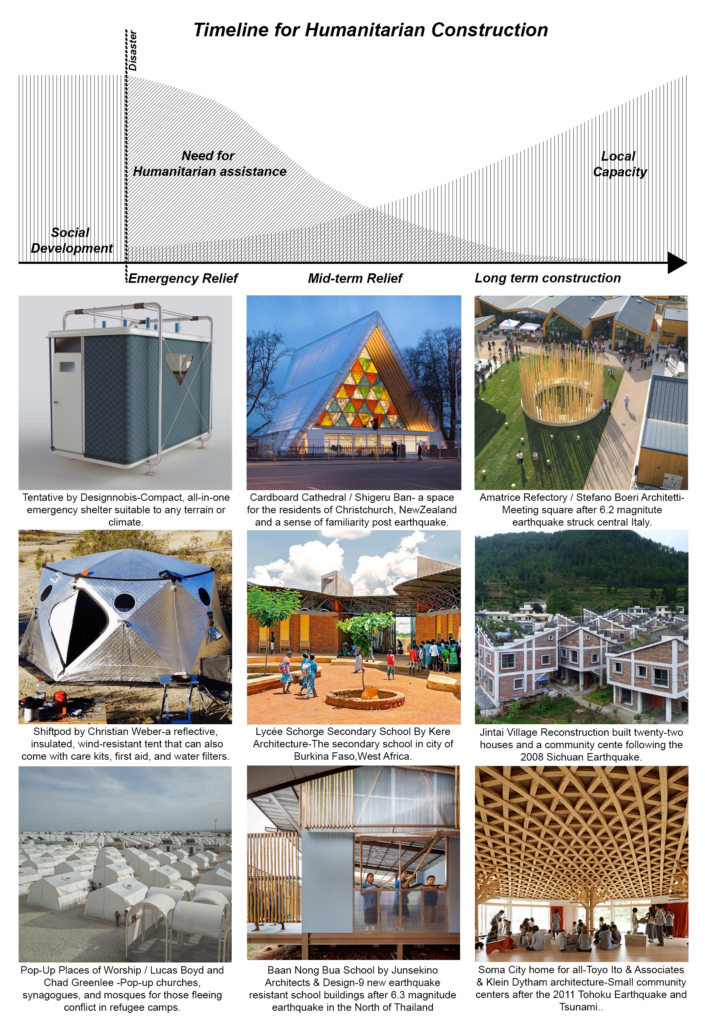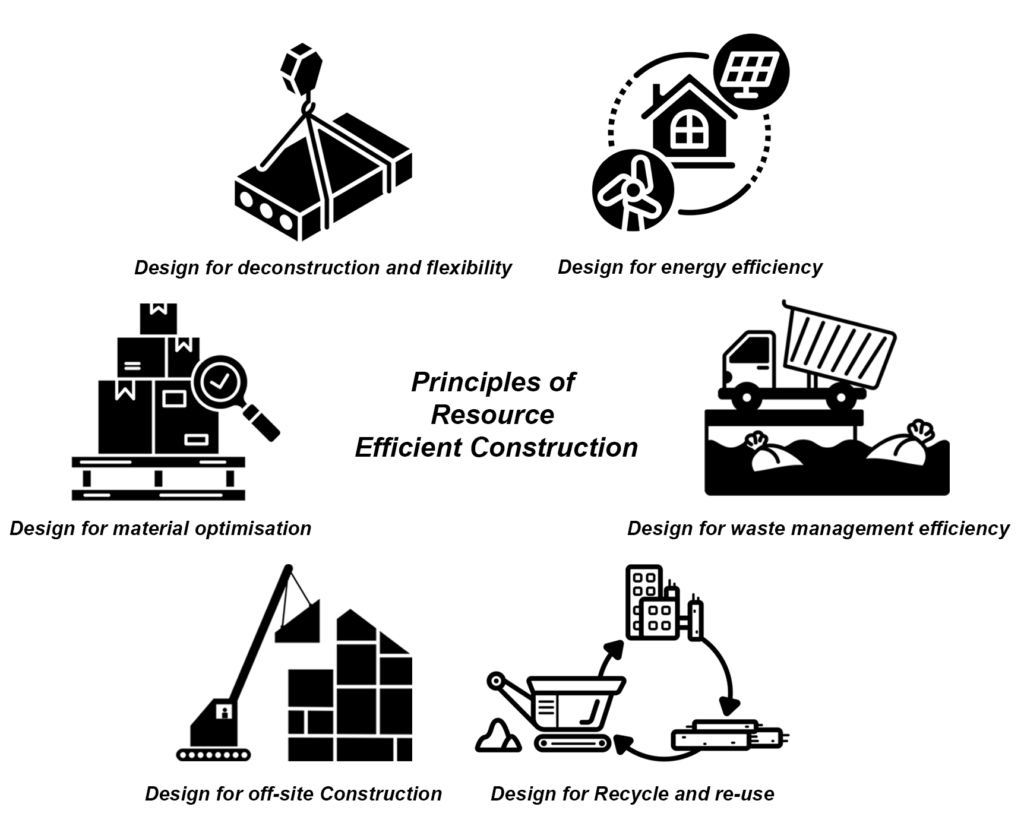Life cycle Assessment
Synonyms: Life cycle analysis
Noun
Life cycle assessment (LCA) is a tool to evaluate possible environmental effects at every stage of a product’s (which can be commodities, technologies, or services) life cycle, from acquiring natural resources through production and consumption to waste management (including disposal and recycling).
Four Components of Life-cycle Analysis
1. Goal definition and scoping: define and describe the product, process, or activity. Establish the context in which the assessment is to be made and identify the boundaries and environmental effects to be reviewed for the assessment.
2. Inventory analysis: identify and quantify energy, water, and material usage and environmental releases.
3. Impact assessment: assess the potential human and ecological effects of energy, water, and material usage on the environment.
4. Interpretation: Evaluate the inventory analysis and impact assessment results to select the preferred product, process, or service.
By performing an LCA, decision-makers can, for example:
01. Develop a systematic evaluation of the environmental consequences associated with a given product.
02. Analyze the environmental trade-offs associated with one or more specific products or processes.
03. Quantify environmental releases to air, water, and land about each life cycle stage and major contributing process.
04. Assess the human and ecological effects of material consumption and environmental releases on the local community, region, and world.

Life cycle study of each element in M.O.C.A.—The Mobile Catalyst, final thesis project of MAEBB-2022-23.
Decarbonize
Synonyms: Decarbonization strategies/Net zero strategies
Decarboniz(ation)-adjective ,Decarboniz(ing)-Verb,
Decarbonization is a strategy that includes switching to low-carbon energy, improving energy usage and process efficiency, and removing and storing carbon to achieve net zero levels.
In essence, achieving net zero emissions and meaningful decarbonization requires a comprehensive and coordinated effort across various sectors of the global economy, involving shifts to renewable energy, emissions reduction, and carbon removal strategies.
Decarbonization involves two main aspects. First, it involves reducing emissions generated by the combustion of fossil fuels. This is accomplished by transitioning to zero-carbon renewable energy sources, such as wind, solar, hydropower, geothermal, and biomass. Electrifying various sectors is a crucial part of this process.
How does a building decarbonize?
01. Energy Efficiency: Using less energy to achieve the same indoor environmental outcomes
02. Renewable Energy: Shifting to carbon-free electricity
03. Building Electrification: Shifting energy demand away from fossil fuel combustion; replacing fossil-fuel-dependent building equipment and infrastructure with electricity-powered equipment.

Decarbonization strategies that can help decrease the global surface temperature change
Humanitarian Construction
Verb
Humanitarian architecture is a specialist area focusing on creating and developing human settlements in vulnerable settings, addressing varied demands originating from crises such as refugees, climate change, conflicts, and natural disasters.
The fundamental purpose is to protect the security, livelihoods, dignity, and autonomy of people experiencing extreme situations, such as refugees and those affected by climate change. Because of the increasing number of refugees and forced migration, this profession has grown in importance, playing a critical role in supplying vital aspects such as housing, clean water, and public places. Humanitarian architecture helps to fulfill acute demands during emergencies and promotes long-term community resilience.

Examples of emergency, mid-term relief, and long-term constructions.
Resource efficient construction
Verb
Resource efficiency refers to the effective use of technical, financial, and natural resources while taking into account the complex interactions between building and urban service technologies, including waste management, energy, water supply, and construction, as well as their effects on the environment, including resource and space consumption.
“The ratio of a certain benefit or result to the resource input required for it”
-German standard VDI (German Engineers Association)
1. Resource-efficient building means using raw materials along the entire building cycle in a sensible way.
2. Resource-efficient building is therefore an endeavor to keep the use of sustainable resources as low as possible.
3. Resource-efficient building is the decisive qualifying characteristic when it comes to the integrated planning and implementation of sustainable building concepts.

Principles of Resource-Efficient Construction
The Resource Efficient Scotland(02) program offers free advice and technical support as well as the sharing of best practices and new technologies. Embedding resource efficiency within Scottish organizations makes a significant contribution to the achievement of the Scottish Government’s strategic economic objectives, climate change, energy efficiency, and zero waste targets.
- They provide information regarding net-zero carbon, sustainability for the built environment, and energy technical services.
- They have policies regarding construction methods and energy efficiency.
- They also provide training online and in-house on carbon management, environmental awareness, and pathways to net zero carbon.

The Resource Efficient House –a joint initiative by Tigh Grian and Zero Waste Scotland to showcase the benefits of modular, zero-carbon housing.

